
How to run an effective operations meeting
Learn the 8 critical steps to streamline your operations meeting and focus on what matters. Plus, make follow-ups more productive with async collaboration tools.
You’re no stranger to operations meetings. Or those that, unfortunately, quickly spiral into a catch-all session where everyone jumps in to talk about everything but operations.
Conversations get derailed. Focus is lost. Productivity goes down the drain. No meaningful decisions are made. 😩
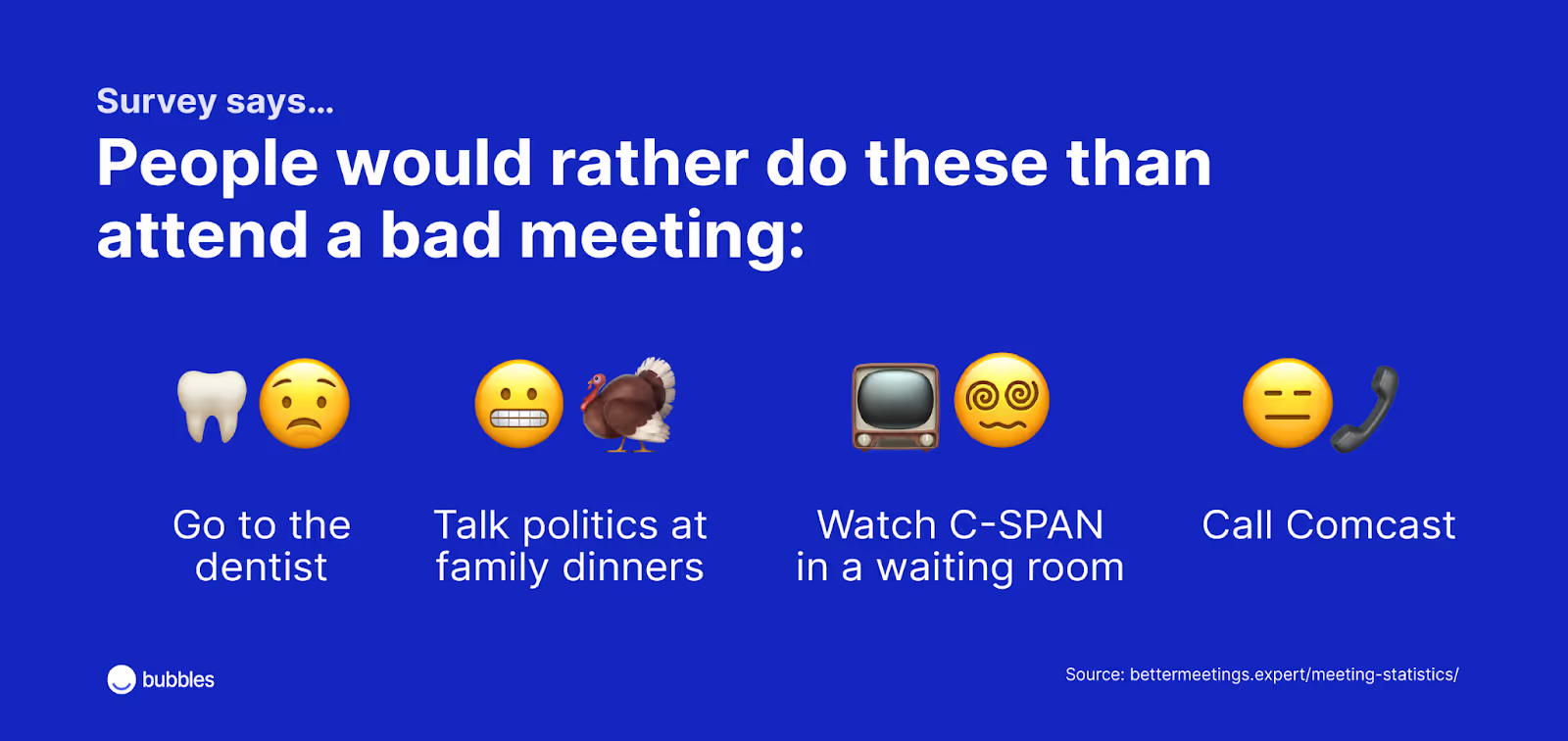
But operations meetings don’t have to be an exercise in herding cats — there is a method to the madness. We’ll show you 8 critical steps for effective meeting management to keep every operations meeting on track.
Let’s get onto the same page… what exactly is an operations meeting?
You can’t decide which direction to go if you don’t know your destination. Before we dig into the nuts and bolts, let’s define what an effective operations meeting should look like.
An operations meeting is a weekly meeting for executives, management, and other team leaders to discuss the company’s operations and procedures.
The leadership team reviews the organization’s workflow, objectives, achievements, and challenges to align their actions and ensure everyone is rowing in the same direction.
An effective operations meeting follows a well-defined structure. It reviews critical business data to help stakeholders understand the current state of affairs, reach a mutual understanding of key issues, and align their actions with the organization's overall direction.
These meetings typically last between 10 to 40 minutes and involve the same people. They should help participants gain a bird’s-eye view of the company’s status and make accurate management decisions.
How To Run an Effective Operations Meeting
Your weekly operations meetings must cover each topic at the right level of detail and ensure that each stakeholder walks away with the insights they need to take action. Here’s how to get the most out of them:
1. Follow a consistent meeting structure
Your meetings should follow a standard, predictable format. Arrange the topics on your meeting agenda in a logical sequence in descending order of importance and ascending order of complexity. Put contentious discussions toward the end so you can work through as many agenda items as possible before hitting a potential standstill.
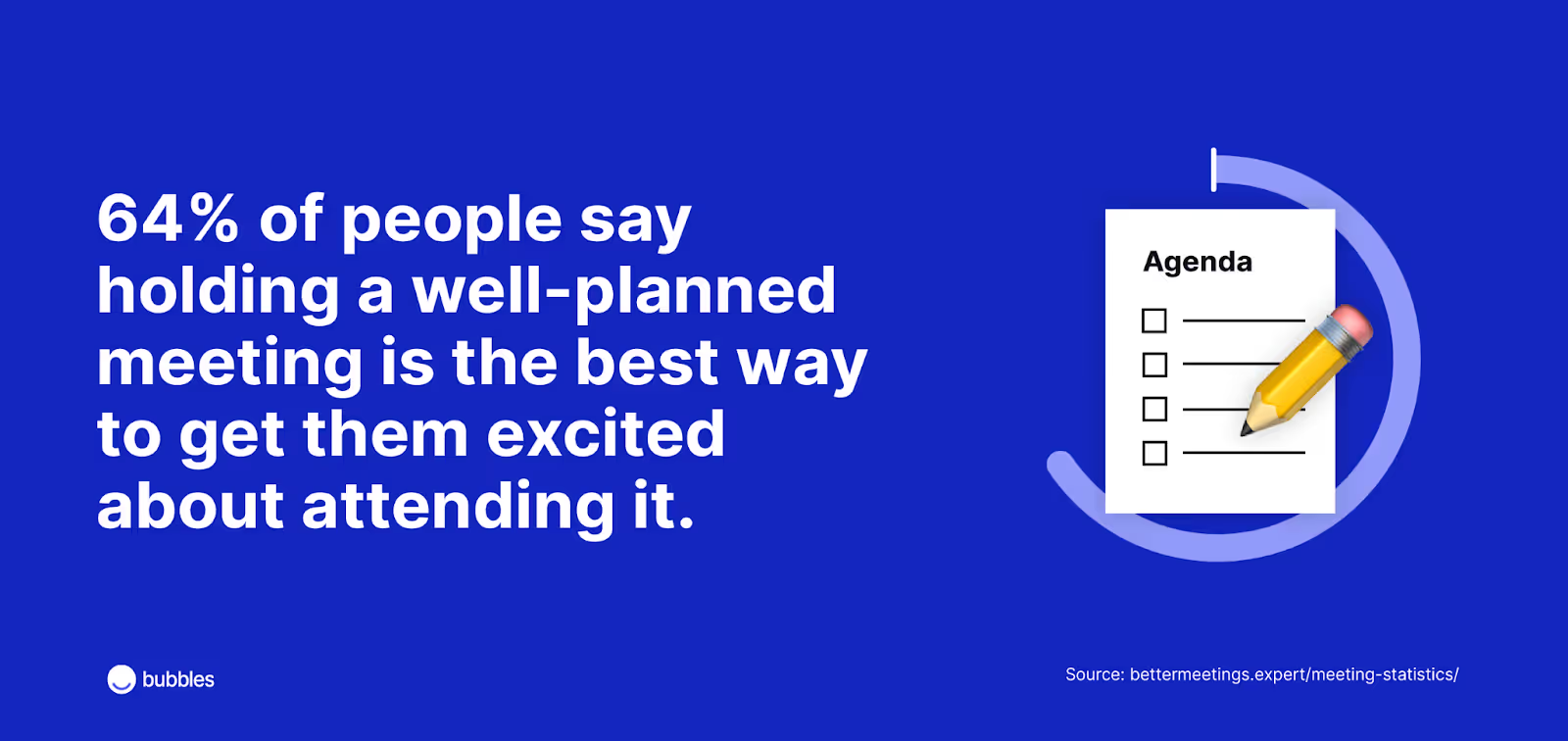
2. Review activities in each functional area
Have the leader of each functional area (e.g., engineering, marketing, project management) present an update on open items from the previous meeting, key metrics from their departments, action items before the next meeting, and how the company can support their initiatives.
The reports should give the leadership team insights into every aspect of the company’s operations to align their decisions. You should pay this plenty of attention, and in general it's very important to always be prepared and do as much work ahead of your meeting so you're focusing the majority of your time on strategy. For sales teams, this is why a tool like Scratchpad is so essential because it allows managers, reps, and sales operations to have better visibility into their deals and conversations throughout the week as opposed to last-minute check-ins.
3. Send a recurring meeting invite
Put the operations meeting as a recurring event on everyone’s calendar and set a reminder. This may seem obvious, but don’t roll your eyes yet: People are busy, and if a meeting isn’t on their calendar, they will forget about it. You can also update the calendar invite with each week's agenda to align expectations without sending a separate email.
4. Start the meeting on a positive note
While we must have candid conversations about the organization’s weaknesses and challenges during operations meetings, sharing recent wins and celebrating success at the start can help boost morale, build camaraderie, and maintain a constructive tone. When people focus on what’s working well, they’re more motivated to keep up the momentum.
5. Keep the conversation on track
A quick side comment may be fine, but make sure people don’t get carried away with unrelated remarks that don’t serve the purpose of the meeting. Stick to the agenda and focus the conversations on project deadlines, next steps, budget forecasting, expense discussions, and internal resource allocation.
Avoid discussing client relationships, brainstorming project creatives, or planning process overhauls. Schedule separate meetings or continue these conversations asynchronously (more on that later.)
6. Check in with project leads
Have project leads share status updates on their progress and encourage open discussions about concerns and roadblocks. Encourage them to use visualization tools to present data and analytics — the audience should grasp the insights at a glance without lengthy explanations. Discuss the implications and use the learnings to improve future planning.
7. Take care of small tasks on the spot
Some next steps or follow-up items can be done on the spot to shorten your to-do list and increase your productivity. For example, instead of spending 15 seconds writing it on your to-do list, use that 15 seconds to send a brief email or meeting invite.
8. Respect everyone’s time
Starting and finishing team meetings on time shows that you value everyone’s time and attention. Follow the agenda to keep your operations meetings thorough, short, and sweet. Schedule a follow-up meeting for any topic that requires a more in-depth discussion — and send the meeting invite on the spot (see #7!)
Use asynchronous collaboration tools to continue the discussions
Operations are far-reaching, with many people involved in various stages. While you want to address all the inputs, ideas, suggestions, and questions, it’s often impossible to do so systematically in a synchronous meeting.
Also, how do you ensure everyone is clear about the decisions and next steps agreed upon during an operations meeting? As our founder and CEO, Tom Medema shares his experience:
“Misalignments between decisions and next steps can cause breakdowns. In the early days of building bubbles, I discovered what I thought was agreed upon at the end of a meeting was radically different from what others thought we did. The worst part was that we only discovered the misunderstanding a week later because we didn't have the culture of speaking up and clarifying concerns. Today, I put more time into recording decisions and creating an environment where people can speak up.”
If just the thought of having more follow-up meetings (that may breed even more follow-up meetings 🤯) makes you cringe, we get it.
The good news is that there’s a better way.

You can continue these discussions with a multi-way asynchronous communication process that not only allows stakeholders to digest the content before sharing their best thoughts. But it also records the discussions and decisions to ensure everyone is on the same page regarding the next steps.
Here’s how:
Record a video of follow-up items with bubbles and share it with stakeholders. They can review the information on their own time and share thoughtful and specific replies with the timestamp and annotation features.
You can keep the feedback, action items, and decisions all in one thread for future reference. Users can even tag other team members for additional input when necessary without setting up (yet) another meeting — leaving a project in limbo as you wait for everyone to become available.
But executives are busy. Who has the time to install and learn another software?
That’s why we make bubbles super intuitive to use — anyone can watch and comment on your video without installing anything. To make your first bubble, simply install our free Chrome extension, and you’re all set to make any meeting and collaborative process more productive.
Make your
meetings matter
Loved and trusted by 100,000+ users:
- Automatically Record and Transcribe Meetings
- Extremely Accurate Notes, Summaries, and Action Items powered by AI
- Works with Zoom, Google Meet, and Microsoft Teams
- Save time and follow-up with quick async videos
Simply connect your work Google or Microsoft Calendar to get started.
Collaborate better with your team
Get your point across using screen, video, and audio messages. Bubbles is free, and offers unlimited recordings with a click of a button.
.avif)
Collaborate better with your team
Get your point across using screen, video, and audio messages. Bubbles is free, and offers unlimited recordings with a click of a button.
.avif)










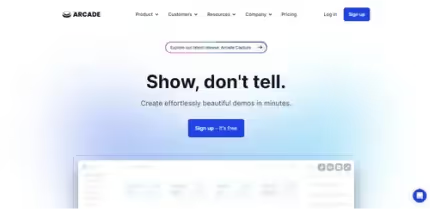
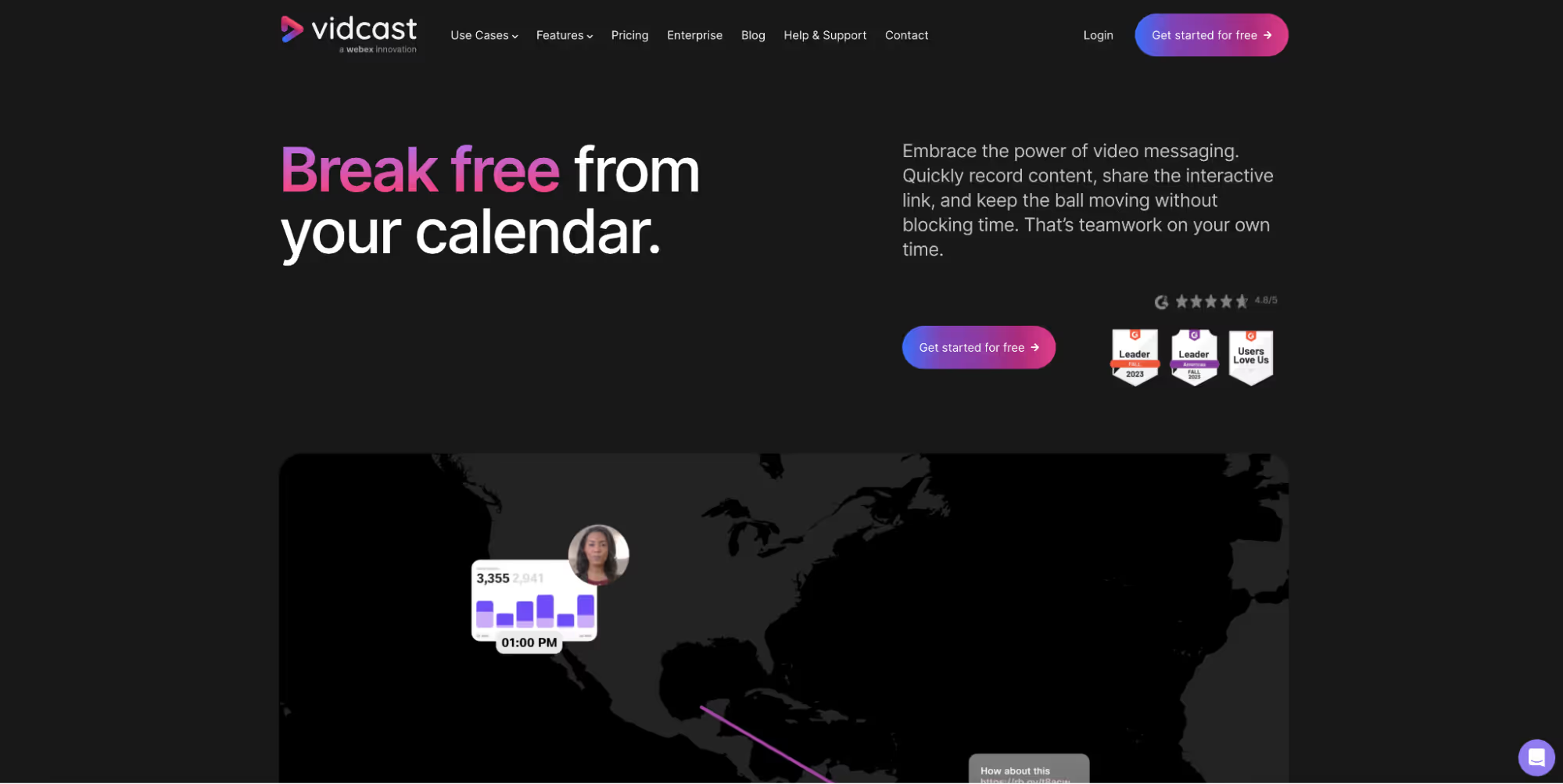
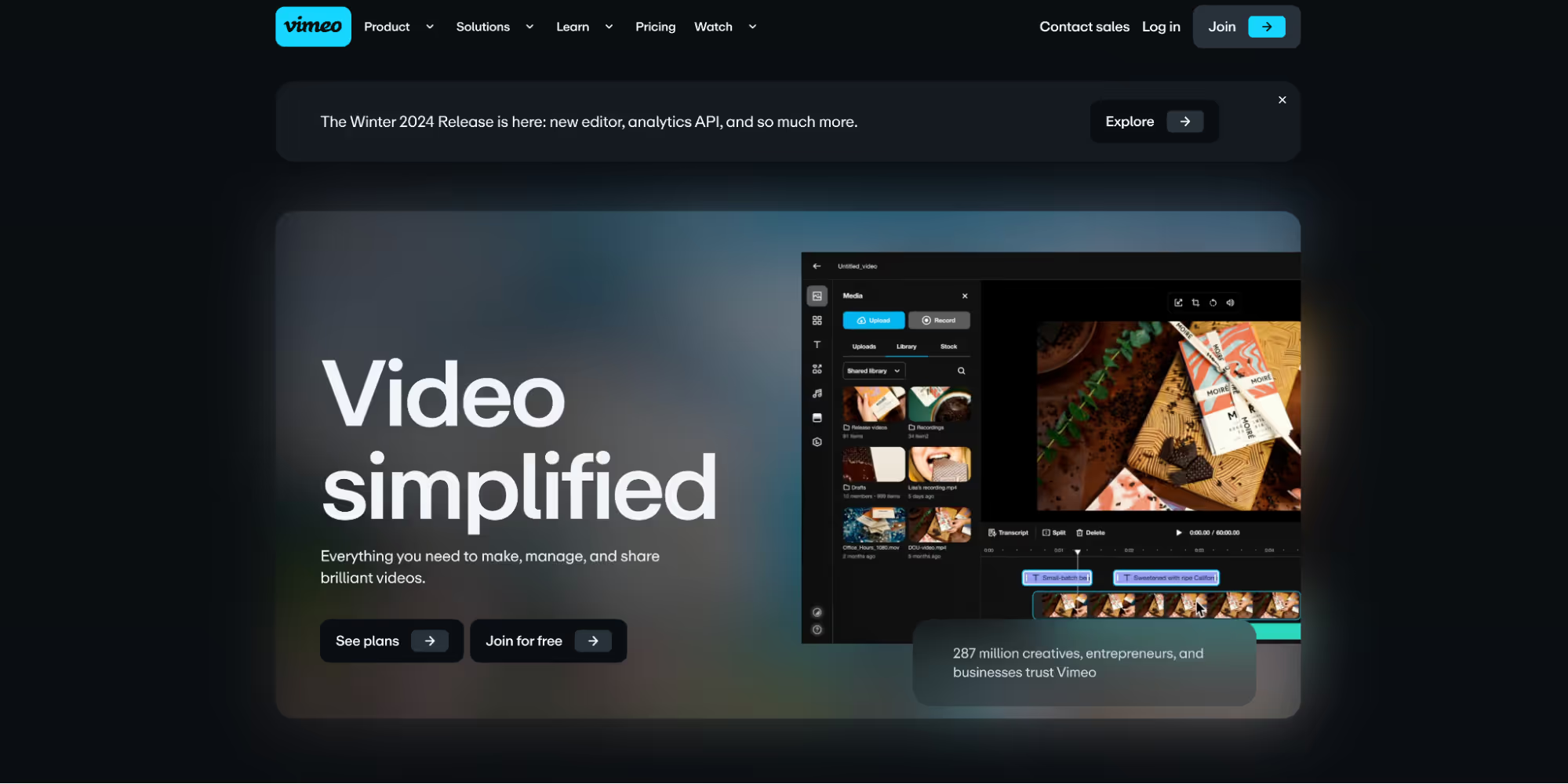
.avif)